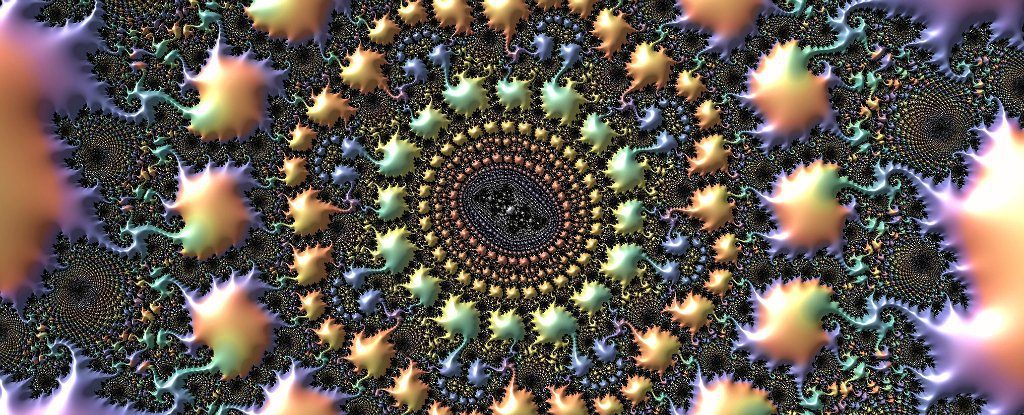By Rose Caiola | originally published here on RewireMe.com
Helen Keller once wrote, “The best and most beautiful things in the world cannot be seen nor even touched, but just felt in the heart.” Her words have always rung true for me but have grown in meaning as I’ve been become more aware of and interested in the scientific research emerging about heart intelligence. Heart intelligence, as defined by the Institute of HeartMath, is “the flow of awareness, understanding, and intuition we experience when the mind and emotions are brought into coherent alignment with the heart.”
So when I came across this from HeartMath, I was immediately intrigued.
The Heart’s Intuitive Intelligence: A path to personal, social and global coherence
Most of us know what it’s like to experience a state of flow or harmony, when our emotions and our brains are in sync—it can happen when we’re holding a new baby or falling in love. This is what HeartMath calls coherence. The idea of coherence suggests that we can take control of the relationship between our hearts and our brains. At first, it may seem like the idea of accessing your heart’s energy is a little otherworldly (or as I like to say, woo-woo) but HeartMath’s documented scientific research demonstrates that it’s not as strange as you might think.
Here are the most interesting pieces of information I picked up from the video and plan to keep in mind during my own journey to heart coherence:
- When we are in a coherent state, the heart and brain operate synergistically. We can learn how to improve and actively control this synergy to both prevent stress-producing emotions and enhance our mental clarity.
- When we’re in control of our synergy, we are more likely to face our challenges in a creative and intuitive way.
- Accessing our heart’s intuitive intelligence can make us better communicators and decision-makers.
- When we experience genuine feelings like appreciation and compassion, our heart coherence increases.
- According to HeartMath research, when we are in a state of coherence, our heart radiates a more coherent electromagnetic energy field and this can have an impact on other people, animals, and the environment!
- The Global Coherence Initiative is in the process of placing 14 sensors around the world to measure the Earth’s magnetic resonance. This research will help scientists determine whether there is a connection between the planet’s magnetic field and human emotions.
The biggest lesson I learned from the video is how, if we all take responsibility for the energy we project by becoming more conscious of our thoughts, feelings, and attitudes, it may be possible to increase global coherence and eventually sustainable peace. What an amazing possibility.
What do you think? Do you believe that your heart intelligence could make a positive change in the people around you or even in the world?
Rose Caiola
Inspired. Rewired.


 FIONA MACDONALD | 28 JAN 2017
FIONA MACDONALD | 28 JAN 2017